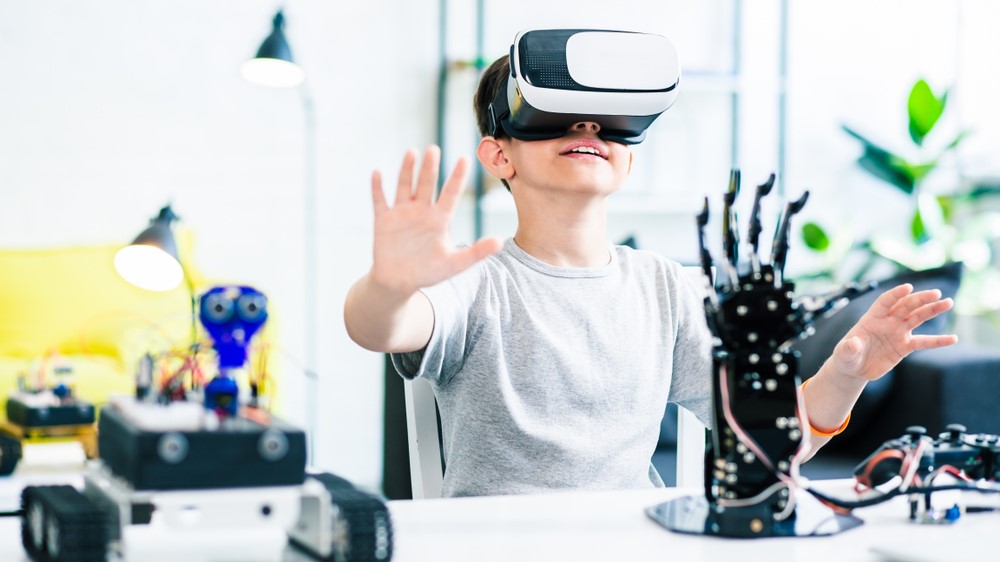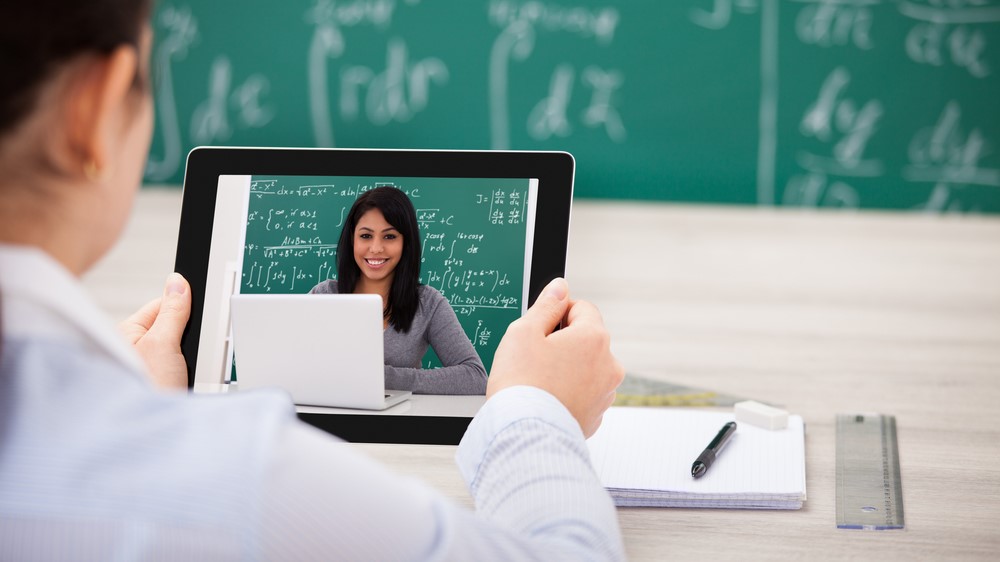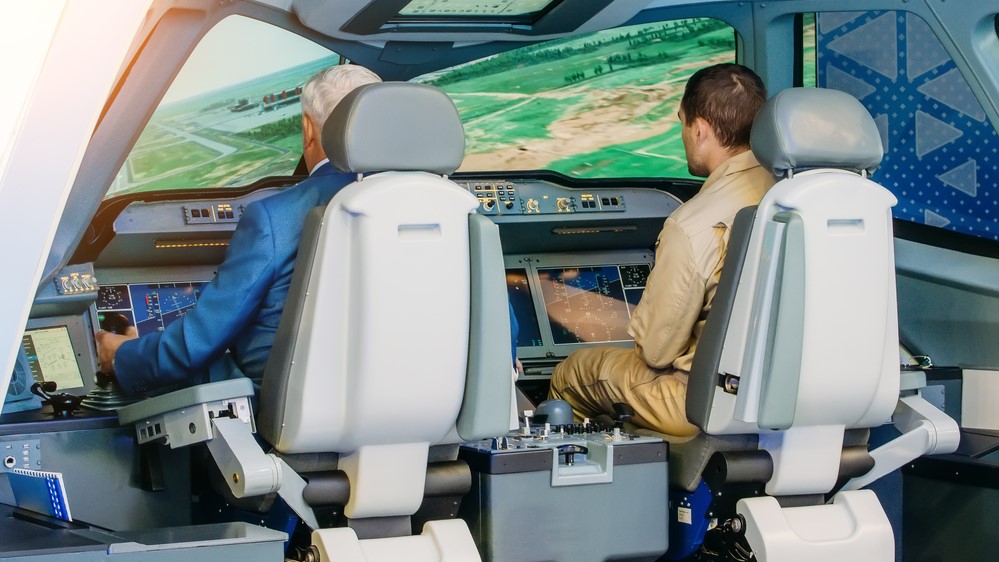
5G is the fifth generation of mobile internet connectivity, and is just beginning to roll out around the world. It promises speeds up to 20 times faster than 4G connections, more bandwidth and more stable connections.
This has tremendous potential to transform the way we communicate, with live high-definition video streaming and much faster download speeds, but it also has uses far beyond what we currently do with our phones and tablets – including reaching into the classroom.
Cutting-edge tech can be a fantastic learning tool, making subjects more engaging, helping children who struggle to learn new concepts from textbooks, and bringing education into the homes of kids without easy access to a physical classroom.
Thanks to 5G, universities will be able to open their lecture halls to students around the world, broadening their horizons, and training will be revolutionized in careers like medicine. Sharing knowledge and learning new skills has never been easier.
5G in schools
The classroom is always proving ground for developing technology, and understandably so – what’s cutting-edge now will be mainstream by the time today’s kids enter the workplace. Coding, for example, has quickly become as essential as reading, with children writing simple programs before their seventh birthdays and VR headsets becoming as common as textbooks
VR can make lessons more immersive and keep students engaged, but it involves transmitting huge amounts of data – particularly if headsets are wireless – which results in lag that can be distracting or frustrating.
With 5G, teachers will be able to share rich virtual experiences with their classes, exploring the solar system, the human body, the structure of a flower and the ocean floor without leaving their seats.
Get daily insight, inspiration and deals in your inbox
Sign up for breaking news, reviews, opinion, top tech deals, and more.
Children will be able to learn at their own pace within an environment that suits them, and teachers will have more time to spend engaging their students due to improved Internet of Things (IoT) connectivity (such as sensors to register each child automatically as they arrive in class, eliminating the need to take a register by hand).

Teachers even be able to share the same experience with students who are outside the classroom itself – in isolated rural communities, for example.
Since the 1950s, children in the Australian outback have been able to receive lessons from a virtual classroom called the School of the Air. Lessons were initially taught via two-way radio, with assigned projects and written work completed under the supervision of a parent or guardian.
Today, students and teachers can interact via video link, but patchy connectivity means it’s not unusual for the feed to cut out part way through. With only an hour a day for interaction, any technical issues mean a lot of lost learning time.
5G will bring more reliable and stable internet connections – even in areas that currently suffer from poor coverage – helping the School of the Air bring its lessons into the 21st century.
Teachers will be able to interact with students for longer, safe in the knowledge that the line is stable, and share interactive experiences with their virtual classes rather than just video – all with practically no latency. It will also be easier for students to interact with one another, helping them socialize with children their own age.

5G in universities
5G will also be a game-changer for higher education, and early trials are already taking place at the University of Surrey, University of Bristol and King’s College London using a 5G test network.
Once 5G is rolled out more widely, students will no longer be restricted by outdated and limited wired campus networks, and will instead be free to take their learning with them – from the lecture hall to the library and beyond via secure, dependable mobile connections.
Universities will also be able to create virtual campuses for students studying part-time or via distance learning (a boon for mature students fitting their studies in around work and family), and students will be able to ‘visit’ colleges elsewhere in the world for special lectures and seminars using zero-latency, high resolution two-way video.
5G and the Internet of Things could also make expensive degree courses more accessible in areas without ready access to expensive labs and training equipment. With fast mobile internet, a medical student could not only attend virtual lectures and seminars in real time with other students, they could also perform virtual dissections and procedures with guidance from a real tutor.
5G’s superior bandwidth will enable the transmission of haptic feedback, which could help them ‘feel’ while performing a virtual operation, and guide their hands as the work. Hyper-realistic simulations like these could help them prepare for work in a real hospital, and develop their skills throughout their careers so we can all benefit from better healthcare.

5G in training
5G won’t just improve education for children and students, either – it will also transform training in all kinds of technical professions.
Armed forces worldwide already use advanced virtual cockpits to train fighter pilots, and earlier this year, the British Royal Air Force (RAF) opened a new state-of-the-art training facility where pilots experience forces up to 9G while flying three different virtual jets. Commercial pilots use similar (albeit less extreme) simulators, spending hours in VR before taking to the skies
With 5G, pilots wouldn’t be limited to pre-programmed scenarios and locations. Instead, training data could be captured and sent to the cloud for processing, then new scenarios and challenges could be sent back to the simulator as a direct response to their flying.
The result would be a more realistic experience, better training, and safer flying for everyone in future.
When will it arrive?
5G is currently being rolled out in major cities throughout the UK, with Birmingham, Bristol, London, Cardiff, Edinburgh and Belfast all expected to come online in 2019.
At first the new network will be limited to highly populated areas, but over the coming years it will expand more widely, with widespread coverage expected by 2022.
Universities and training facilities are likely to be some of the first adopters of 5G, helping broaden their students’ horizons and improve public safety.
After that, schools are likely to follow close behind, giving students a more immersive experience inside the classroom and preparing them for a faster, more connected future beyond.
5G Uncovered, in association with Samsung, brings you everything you need to know about the next wave of connectivity - not just how fast it's going to be, but in just how many ways it's going to change your life. Our 5G Uncovered hub is carefully curated to show everything there is to know about the next generation of connection.

Cat is TechRadar's Homes Editor specializing in kitchen appliances and smart home technology. She's been a tech journalist for 15 years, having worked on print magazines including PC Plus and PC Format, and is a Speciality Coffee Association (SCA) certified barista. Whether you want to invest in some smart lights or pick up a new espresso machine, she's the right person to help.